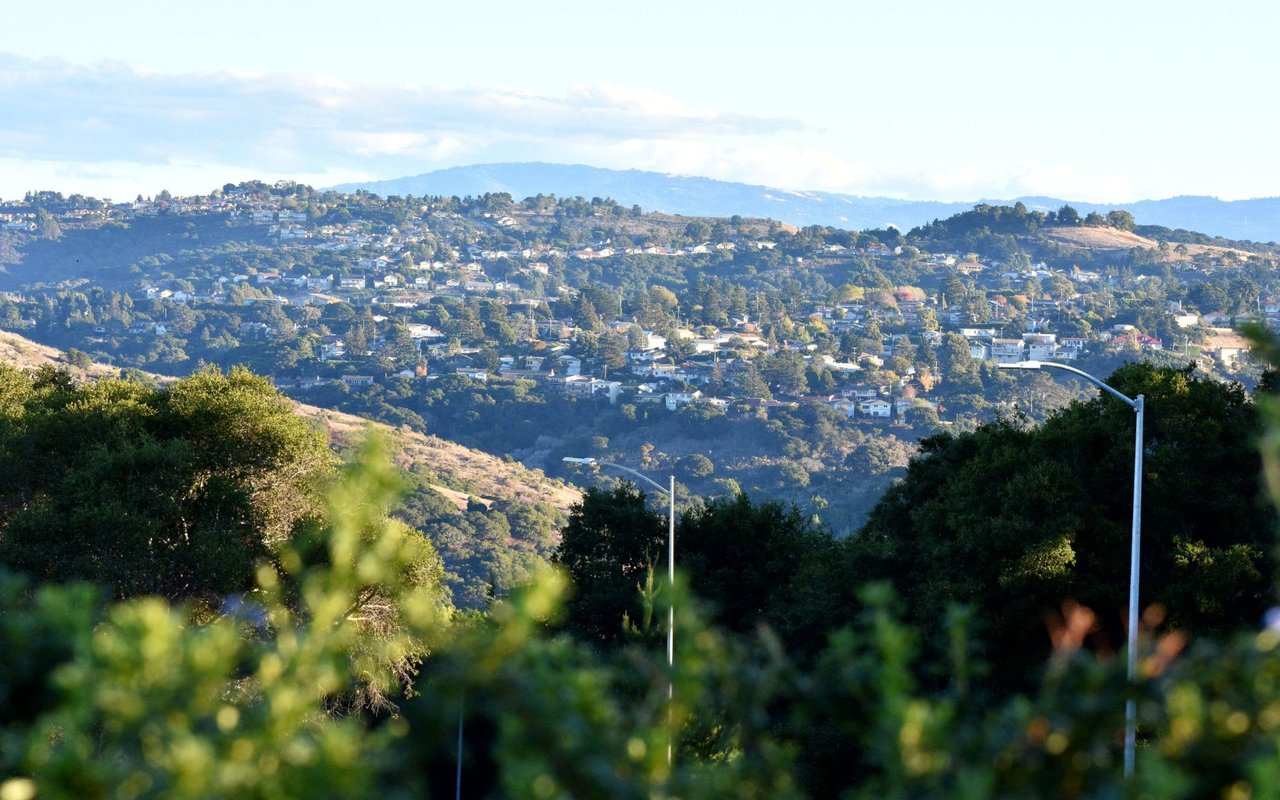Welcome to Belmont
Belmont, California is a serene and picturesque city located in San Mateo County. Renowned for its scenic vistas, rolling hills, and close-knit community, Belmont offers a peaceful suburban lifestyle with easy access to the dynamic urban centers of San Francisco and Silicon Valley.
Belmont’s neighborhoods are characterized by tree-lined streets and well-maintained homes, creating a tranquil and inviting atmosphere. The city features a diverse array of architectural styles, from charming mid-century homes to modern residences, ensuring a perfect match for every homebuyer’s preference.
Belmont’s vibrant community life is centered around its charming downtown area, which boasts a variety of boutique shops, gourmet restaurants, and cozy cafes. Residents can enjoy a leisurely stroll along Ralston Avenue, exploring the unique offerings that contribute to the city’s welcoming ambiance.
For those who love the outdoors, Belmont provides numerous recreational opportunities. The city is home to several parks, including the expansive Twin Pines Park and the scenic Water Dog Lake Park, offering ample space for hiking, picnics, and enjoying the natural beauty of the area.
Commuters will appreciate Belmont's strategic location, with convenient access to major transportation hubs such as San Francisco International Airport and Caltrain stations, facilitating easy travel throughout the Bay Area and beyond.
With its excellent schools, friendly community, and beautiful surroundings, Belmont captures the essence of California living. It is an ideal destination for those seeking a harmonious blend of tranquility, convenience, and community spirit. Discover the unique charm of Belmont, where every day is a celebration of nature and neighborhood.
The founders of Belmont, California tried to build their city in the flatlands but the allure of the hills was too great. After a few decades with activities centered around El Camino Real and the Old County Road, Belmont began to climb up into what early Spanish explorers had called “la Canada del Diablo,” the Devil’s Canyon. Maybe they wanted to see the view. Whatever their reasons, by shifting its center to the hills, these visionaries gave Belmont a permanent identity different than any of its Peninsula neighbors. Today, Belmont is known for its hillside homes, its views, its trees, and its acres of green space – things you can’t find in San Mateo, Millbrae, Burlingame, or San Carlos; there’s nothing else like Belmont. This town of almost 25,000 experienced most of its growth after World War II but does have a small pre-war downtown centered around Ralston Avenue, which was once one of only a few direct paths connecting the Pacific Ocean to San Francisco Bay. It’s named after Comstock Lode financier William C. Ralston, who built his Italianate country estate, Ralston Hall, along the road in 1867. Today, Ralston Hall is the centerpiece of Notre Dame de Namur University, the only four-year university in San Mateo County. Belmont is a unique mix of old and new. You’ll find a fair share of ultra-modern homes in its lush canyons; a few miles away you’ll find a restaurant, The Van’s, that’s been at its Belmont Avenue location since 1921.
On El Camino Real, the ultra-chic Iron Gate restaurant has been serving Steak Diane tableside since 1965, a short walk from downtown, and Vivace, an Italian restaurant that’s been drawing raves since it opened in 2010. Up on the Alameda, steps from the highly regarded Carlmont High School is another reminder of Belmont’s past. In 1925, inspired by the success of the Burlingame Country Club in Hillsborough, Lee Monroe, Arthur Lyon, and Lawrence Miller formed Belmont Country Club Properties, Inc. and the Belle Monte Country Club, with plans for a golf course, tennis courts, swimming pool, handball courts and a grand clubhouse – and, of course, nine subdivisions for new houses. They held picnics to attract buyers and sold hundreds of lots at first. By 1929, the country club was gone, the victim of poor management and the stock market crash. The only evidence today of Monroe, Lyon, and Miller’s dream is the original clubhouse, which now serves as the Congregational Church of Belmont, and, across the street, an odd little round, turreted structure that was once the Belmont Country Club Properties sales office. That the country club failed doesn’t mean Belmont residents don’t love their outdoor activities. Parks and outdoor recreation have been Belmont's mainstays since the town’s founding.
There are two major parks in Belmont, Water Dog Lake Park, and historic Twin Pines Park, once known as “Belmont Park” and styled after an outdoor German beer hall. During the 19th century, thousands of revelers would come to Belmont Park to celebrate via special rail service from San Francisco. You’re more likely to find modern Belmont locals using Twin Pines Park for hiking or biking than as a beer hall, or spot them attending an arts festival at the Carlmont Shopping Center, strolling down a winding lane on their way to the tree-shaded Belmont Library or catching a Friday night football game at Carlmont High. Though Belmont is an easy place to find peace and solitude, its residents value their sense of community equally. Belmont may no longer have special trains bringing loads of tourists in on July 4 but it is perfectly situated for those who work in either San Francisco or Silicon Valley, with a downtown Caltrain station and access to two major highways. Add to this its reputation for good public schools, a wealth of unique, physically beautiful neighborhoods, and as a place where your real estate dollar stretches further and it’s easy to see why this serene, green city has become so popular.

